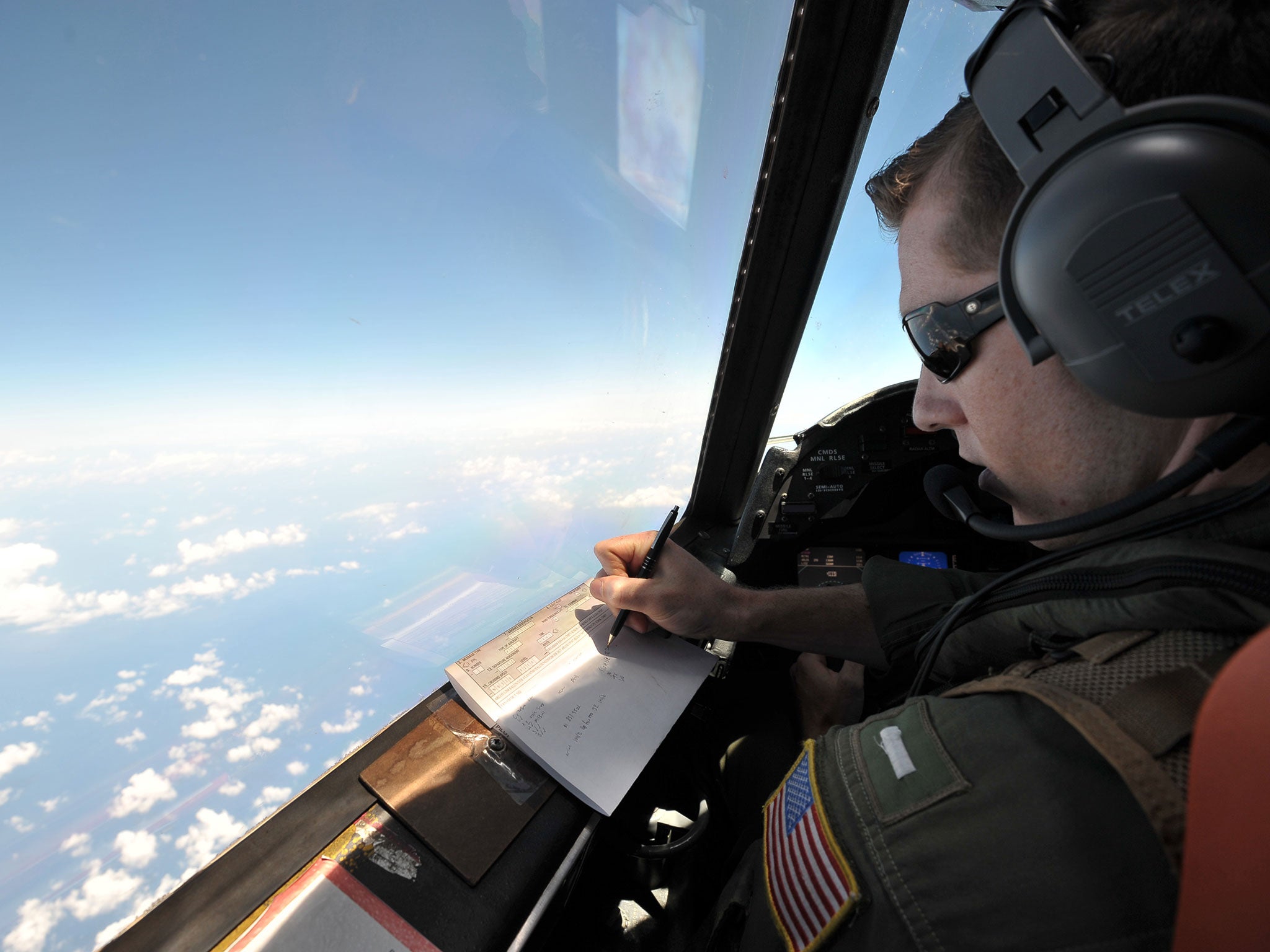EgyptAir crash: Second black box from flight MS804 recovered from wreckage in Mediterranean Sea
Investigators hope that the flight data recorder will provide vital clues on the cause of the disaster

The second black box from a crashed EgyptAir plane has reportedly been found in the Mediterranean Sea.
Egyptian investigators said a specialist vessel had recovered it from the aircraft’s wreckage, where it had been found tucked into the plane’s tail.
A statement said the John Lethbridge, a ship contracted by the Egyptian government, managed to “successfully retrieve” the memory unit but did not give details of its condition.
The flight data recorder is hoped to provide vital clues to investigators attempting to establish what caused the aircraft to crash on its journey from Paris to Cairo, killing all 66 people on board.
Experts have already started analysing the cockpit voice recorder, which arrived in Egypt after being recovered on Thursday.
The EgyptAir Airbus A320 disappeared between the Greek island of Crete and the Egyptian coast on 19 May, with the cause of the disaster still unknown.
Automatic messages sent in the minutes before the plane disappeared from radar appeared to indicate smoke on board, as well as problems with the cockpit windows, autopilot and the flight control system.
Egypt’s civil aviation minister initially said he believed terrorism was a more likely explanation than equipment failure but so far no hard evidence has emerged and no group has claimed responsibility.
A forensics official said body parts retrieved were small and pointed to a possible explosion on board, but the head of Egypt’s forensics authority dismissed it as “mere assumptions”.
Phil Giles, a former air safety investigator who worked on the Lockerbie Bombing case, told The Independent that images of wreckage added to mounting indications the plane broke up mid-air.
In pictures: Wreckage from EgyptAir flight 804
Show all 5“All the evidence so far, including the pictures, indicates that the aircraft broke up at altitude rather than when it impacted the sea,” he said.
“Aircraft do infrequently break up as a function of severe weather; however, this wasn't a factor in this accident.
“Modern aircraft such as the A320 don't have a habit of suffering major structural failure unless there is some external factor like a BUK missile as in the case of MH17, or an internal device."
Claims by Greece's defence minister that the plane swerved and rapidly lost altitude before it disappeared from radar have also been challenged by an Egyptian official.
Among the victims was Richard Osman, a father-of-two from Wales, and a Frenchman who almost missed the fated flight after losing his passport.
EgyptAir said 30 Egyptians, 15 French passengers, two Iraqis, and one passenger from Britain, Sudan, Chad, Portugal, Algeria, Canada, Belgium, Kuwait and Saudi Arabia were on board.
Subscribe to Independent Premium to bookmark this article
Want to bookmark your favourite articles and stories to read or reference later? Start your Independent Premium subscription today.

Join our commenting forum
Join thought-provoking conversations, follow other Independent readers and see their replies